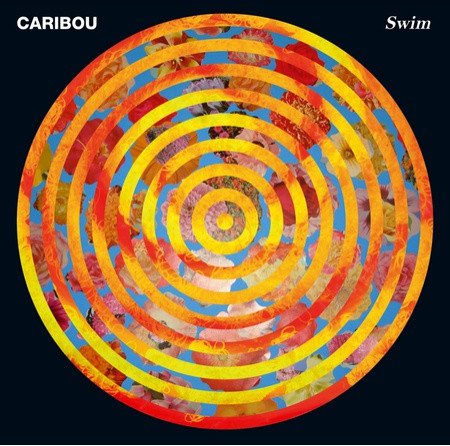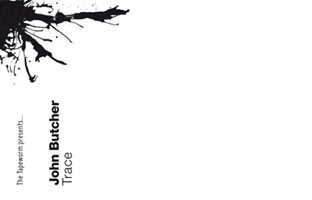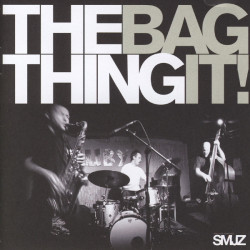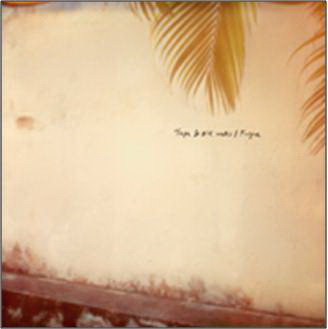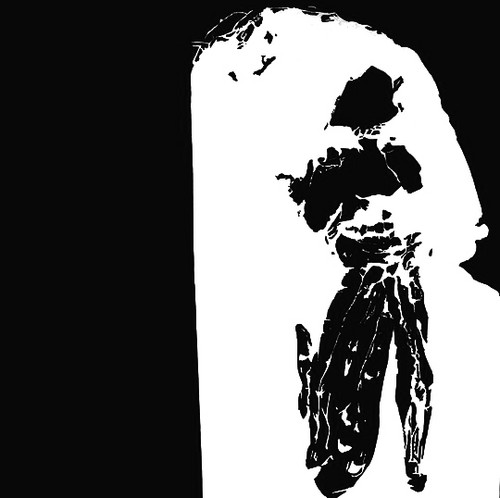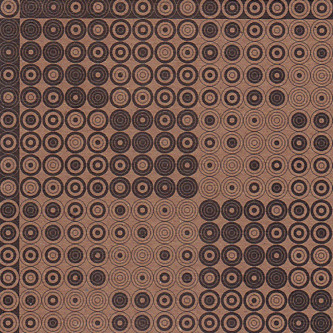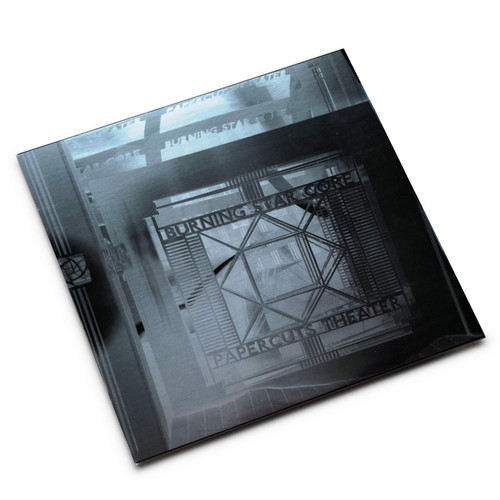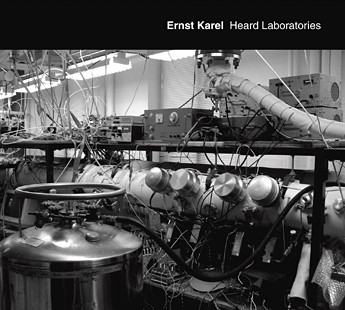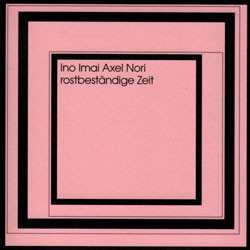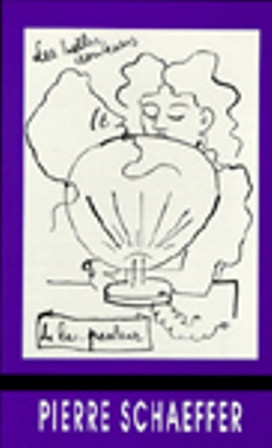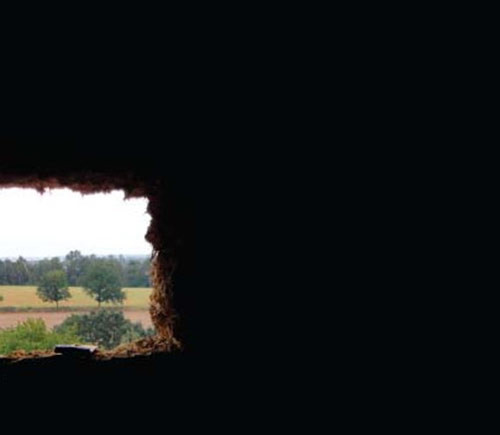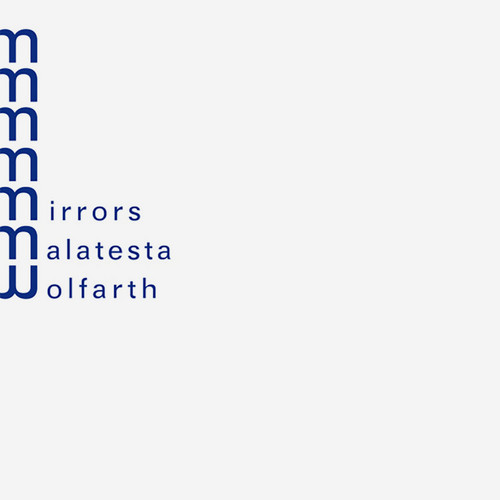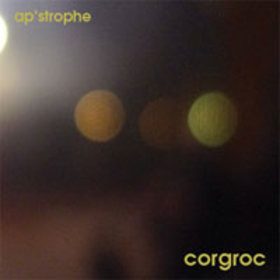At the cut
Spilling over with trembling strings and thunderous crescendos, "Coward" foreshadows the electric energy that is to be found throughout Vic Chesnutt's newest record. With members of Godspeed You! Black Emperor, A Silver Mt. Zion, and Fugazi once…
Trace
Cassette-only release. Edition of 250 copies. John Butcher's work ranges through improvisation, his own compositions, multi-tracked saxophone pieces and explorations with feedback and extreme acoustics. Originally a physicist, he left academia in 198…
Hysterie off music
In the beginning, Hystérie off Music was conceived as a catalogue-record, playing with musical genres. It evolved quickly to unveil new landscapes of Ghédalia Tazartès’ universe. Tender, funny, but also scary, infernal, this new album is, accordin…
as/if/when
Sub Rosa presents works by industrial music pioneer, Z'EV. The physical vibrations of the objects in his works with both text and sound has been influenced by the Middle Eastern mystical system best known as Kabbalah, as well as -- but not limited…
Bag It
double Vinyl edition with additional tracks: The Thing with Mats Gustafsson, Ingebrigt Haaker-Flaten and Paal Nilssen-Love covering 54 Nude Honeys, The Ex, Duke Ellington and Albert Ayler, intense modern improv. Swedish reed-chewer Mats Gustafsson is…
Fugue
I began writing about this Tape & Bill Wells 'Fugue' record yesterday but I gave up as the words just were not coming to me. I guess that's probably a good sign though as I was just kind of getting into the melancholy zone of the record, which cer…
Eternal
"Eternal finds Sean Smith in peak compositional form, coaxing sensory-enhancing textures from an ensemble of players. His erstwhile acoustic guitar providing the anchor, Smith provides common links with Eastern and Middle Eastern folk music, folk-roc…
Resume the Cosmos
"Resume the Cosmos" finds the unclassifiable Virginian band Rake performing some of their most diverting and accessible work to date. The five nameless tracks that make up the disc were culled from many hours of studio improvisation, not only on a ra…
Mouthless
Pick-up is a new duo of Frans de Waard (Beequeen) on laptop and Martin Luiten (Girlfriends, Uw Hypotheek Advies) on guitar. Limited edition of 300. Hand made cover artwork. This is the 9th release in our Arts & Crafts series which pairs music with ha…
Boolean Blues
ASESOME NEW RELEASE! Josh Hanson is another of Portland, Oregon’s underappreciated sons. Having come up through the ranks of long-time, long-forgotten faves Hochenkeit, he also spent time as a member of The Davis Redford Trio. But Hanson’s path div…
Papercuts Theater
"Operating from his base in Cincinnati, violinist and noisy dronester C. Spencer Yeh has released music under the name Burning Star Core for over 15 years. He’s worked with a long list of collaborators and toured extensively, the fruits of which resu…
Heard laboratories
"Heard Laboratories is a sonic ethnography of scientific research environments at Harvard University, made using Schoeps cardioid mics in ORTF stereo configuration and a Sound Devices audio recorder. The sounds of equipment, devices, and activit…
Rostbeständige Zeit
Axel Dörner, Nobuyoshi Ino, Kazuo Imai, Noritaka Tanaka. This is the masterpiece of 2CDs, splitting the music into improvisation (momentary composition) and / or composition. Disc 1 is the improvised music by Axel, Ino, Imai. Guitar sound of Imai is …
The Complete Magick Lantern Cycle
Cinematic magician, legendary provocateur, author of the infamous Hollywood Babylon books and creator of some of the most striking and beautiful works in the history of film, Kenneth Anger is a singular figure in post-war American culture. A major…
10 ans d’essais radiophoniques
Released in 1994. “Anthology of radioplays excerpts produced & recorded 1942-52 at Studio d'essai de la Radio Télévision Française (RTF), for the French national broadcasting company, formerly RTF, later known as ORTF. CD1: “La mise en onde & Le text…
Motubachii
'Throughout their careers, both Annette krebs and taku unami have explored the areas between composition and improvisation, innovation and repetition, music and ambient sound. On motubachii, their distinctive styles come together to form a whole that…
Mirrors
There is not a lot to say when a young talented percussionist meet one of the master of improvised music, also percussionist ; we can just sit and listen what happens. this is what exactly did the guys at cosabeat studio during "mirrors" recording …
Corgroc
'Ferran Fages: Acoustic guitar. Dimitra Lazaridou-Chatzigoga: zither. ap'strophe is the duo of Ferran Fages and Dimitra Lazaridou Chatzigoga. They began working together in 2006, when Ferran Fages recorded 'Cançons per a un lent retard', where Dimitr…
Kataract (Alpha Mix)
'Edition of 300. Daniel Menche: Waterfall recordings and electronics. All waterfall field recordings were captured around the Pacific Northwest of USA. Mixed and recorded throughout 2007-2009. Mastered in the analog domain at Stereophonic Mastering, …

